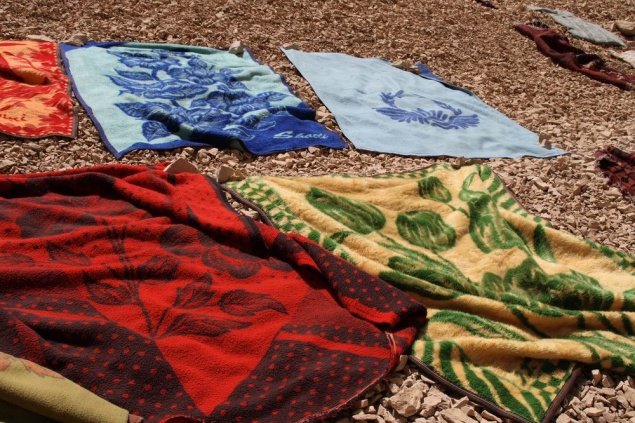|
|
Life In Iran
|
One of the main developments after the advent of Islam in Iran was the rise of the New Persian language as an important Indo-European language. The New Persian language was an evolution of Middle Persian, which in turn was derived from Old Persian. New Persian absorbed a considerable amount of Arabic vocabulary during this era, although the Arabic vocabulary that was Persianized often took a different meaning than the Arabic origin. In terms of contribution to the Arabic language, Iranians like Sibawayhi pioneered writing books of grammar of the Arabic language.
Culturally, Iranians preserved their language, while they used Arabic for scientific and philosophical discourses; this enabled them to reach a worldwide audience for the first time. After the 10th century, Persian, written in the modified Perso-Arabic script alongside Arabic, was used for scientific, philosophical, historical, mathematical, musical, and medical works, as important Iranian writers such as Nasir al-Din al-Tusi, Avicenna, Qotb al-Din Shirazi, Gurgani, Nasir Khusraw, Biruni, Abd al-Qadir Maraghi made contributions to Persian scientific writing.
During this era, Iranians continued on a much larger scale the cultural and scientific enterprises set up by the Sassanids. The blossoming Persian literature, philosophy, medicine, and art became major elements in the forming Muslim civilization. The Islamic Golden Age, which is characterized by developments in science, owed to a large extent its importance to vital contributions made by Iranians. The Islamic Golden Age reached its peak in the 10th and 11th centuries, during which Persia was the main theatre of scientific activity. The Persian influence of this period relied heavily upon the achievements of the Sassanids, and the weight of this influence has led the Muslim world to accept Islamic civilization as the Perso-Islamic civilization.
Even in the development of Arabic scientific prose itself, which differs in style from that of the Quran, Persian scholars such as Abdullah Ibn al-Muqaffaʿ had a major role. Indeed, the class of clerks and civil administrators that was responsible for the cultivation of the sciences in the early Islamic centuries consisted mostly of Persians. The contributions of Iranians to the Arabic language are however not limited to scientific prose but are also found in Arabic poetry. The contributions by Iranians are characterised as "the lively and graceful fancy, elegance of diction, depth and tenderness of feeling, and a rich store of ideas".
|
|









